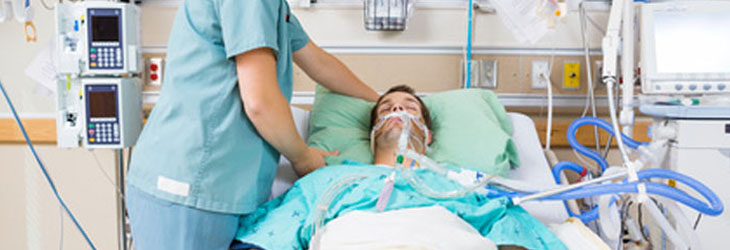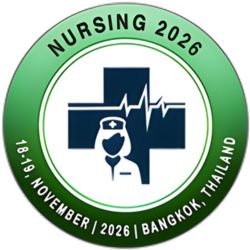Track: Critical Care and Emergency Nursing

Critical Care Nursing Roles
Critical care nursing roles focus on the management and treatment
of patients in critical or life-threatening conditions. Nurses in this role
monitor vital signs, administer medications, manage ventilators, and provide
support during medical emergencies. Their responsibilities require high-level
clinical expertise, quick decision-making, and coordination with
interdisciplinary healthcare teams.
Emergency Trauma Care
Emergency trauma care involves the immediate treatment of patients
with severe injuries resulting from accidents, falls, or violence. It
prioritizes rapid assessment, stabilization, and life-saving interventions.
Trauma care aims to minimize damage, prevent complications, and address both
physical and emotional trauma, often requiring multidisciplinary collaboration
for optimal outcomes.
Evidence-Based Practice
Evidence-based practice (EBP) in nursing integrates the best
available research, clinical expertise, and patient preferences to guide
decision-making. EBP aims to improve patient outcomes by ensuring that
healthcare interventions are scientifically proven, effective, and
personalized. It involves continuous learning and applying the latest evidence
to optimize care delivery.
Critical Care Technology
Critical
care technology refers to advanced medical devices and equipment used in
intensive care settings to monitor, support, and treat critically ill patients.
This includes ventilators, dialysis machines, and cardiac monitors. These
technologies play a crucial role in stabilizing patients, delivering precise
treatments, and enabling real-time data tracking in high-risk care environments.
Scientific Highlights
- Nursing in Healthcare
- Nursing Education and Research
- Primary Health Care
- Nursing and healthcare informatics
- Nursing in Women's Health
- Pediatrics and Neonatal Nursing
- Critical Care and Emergency Nursing
- Occupational nursing and Safety Health
- Role of Nurses in Covid 19 Pandemic
- Midwifery
- Patient Safety and Nursing Care Quality
- Infection, Prevention and Control
- Gynecology and Obstetrics
- Cervical Cancer
- Pregnancy Care and Child Birth
- Sexually Transmitted Diseases (STD)
- Urogynecology


